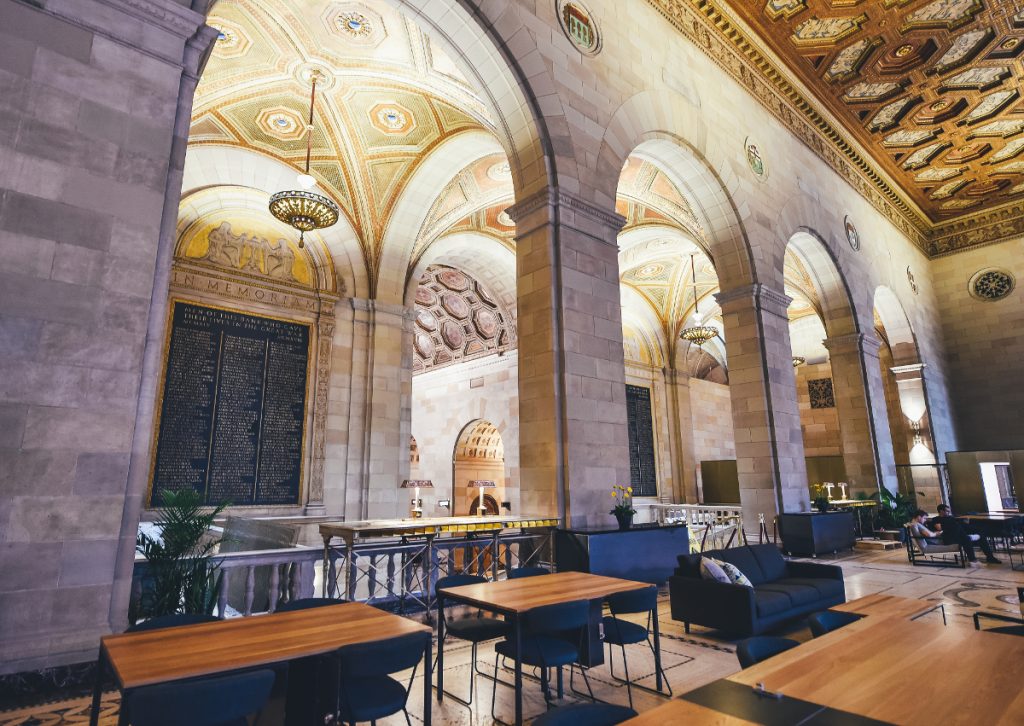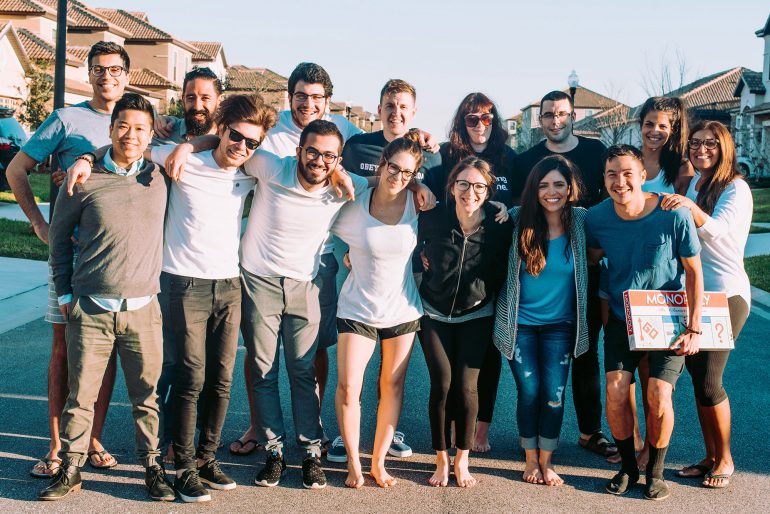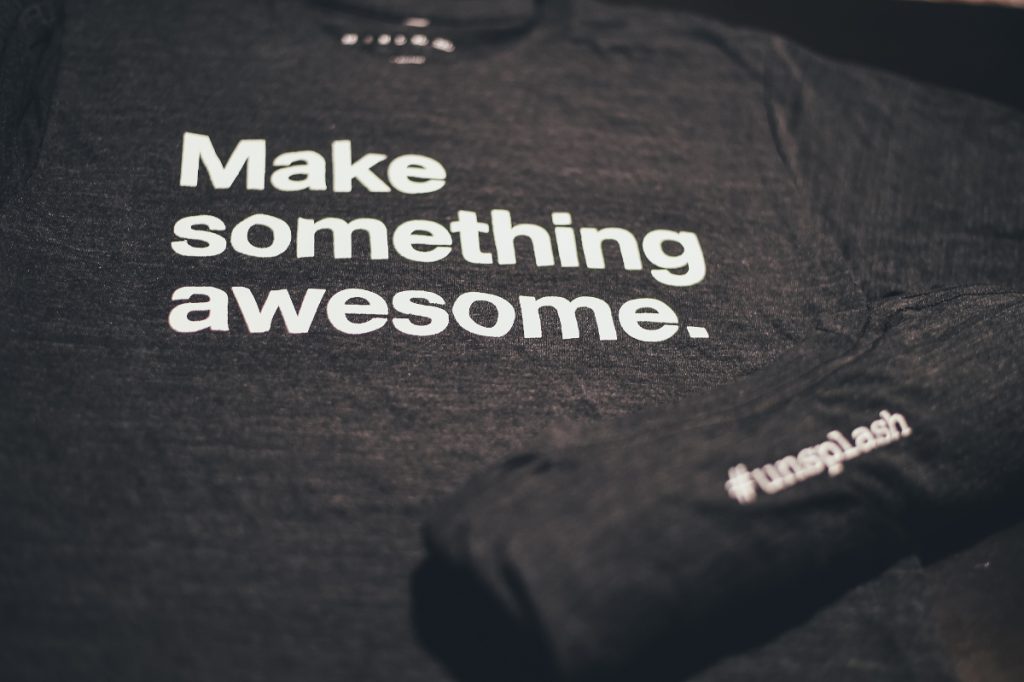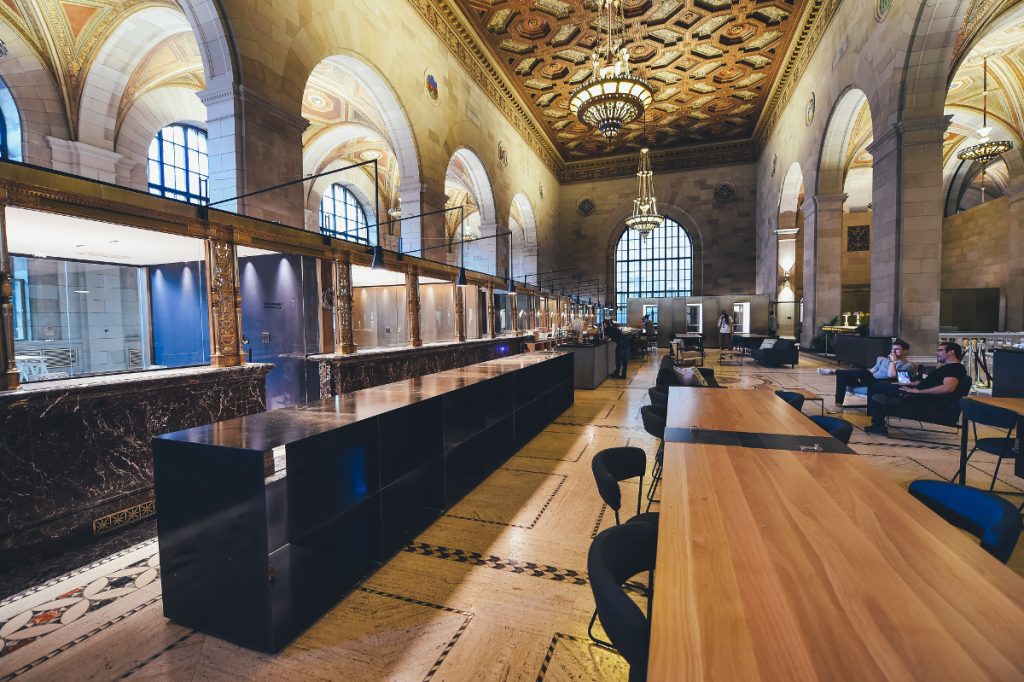After hiring a local photographer to take some photos for a project, the team from Montreal design startup, Crew, decided that they ought to do something with the extra unused images. As far as they were concerned, most stock photos are crappy, and why not give others the opportunity to use high quality photographs for free? Plus, any extra attention they would get through this side project would bring clients and attention back to Crew. They had nothing to lose.
The Tumblr blog took all of a few hours to put together. Crew co-founder Mikael Cho bought the $19 theme on his credit card, uploaded the hi-res images to his dropbox account, added the public links to the blog and created a subscription form. They called the site “Unsplash” because of their goal to create something that would be the opposite of typical splash pages, which “usually look crappy because the photos are crappy,” said Cho.
Three years later, Crew’s co-founders have sold the company to Dribbble to give the team time and resources to focus on Unsplash. Given that “today, a photo featured on Unsplash is viewed more than the cover of the New York Times and the largest Instagram account,” it appears that their “do whatever you want” approach to distributing images was exactly what the internet was waiting for.
BetaKit spoke with Cho about the beginnings, evolution, and plans for Unsplash.

What do you think are the main factors that contributed to Unsplash’s success?
I think that “do whatever you want” was the thing that really resonated with people, because the photo license world is really confusing. We decided to upload ten photos every ten days. The idea was just to see if people would subscribe to something and maybe come back. We didn’t actually have another ten photos lined up. And I just dropped a submit link, so maybe that would help with submissions and we’d get more photos.
We put that up on Hackernews, and within a few hours, it went to number one. The site started crashing because we had public Dropbox links. The head of engineering [for Dropbox] happened to look at the Hackernews post and said that they’d upgrade us to the maximum pro plan for the day. They’re not supposed to be used for public Dropbox links, but he said they’d keep the site up because they think it’s cool. And that was day one of Unsplash.
So after such a positive online response, what was the evolution that made you decide it was worth focusing on full-time?
The cool thing that we saw was that everybody was submitting photos; we didn’t have to go and shoot our own. Aside from the interest and the signups in the beginning, that was something that really changed our perspective.
We kept having this huge growth curve for the amount of effort that we were putting in, while on Crew, we had a full team and we were trying to get growth and it was a real battle. Eventually, we hit a million downloads within that first year, and that was our mark that this was really not slowing down.
My co-founder, Luke — who’s also an engineer and designer — we put him on the project full time, still really to see if we could get more referrals to Crew. That’s when we put it on its own custom site…and also when we allowed people to post more photos. At that point [photographers] could post ten photos every ten days if they had been approved. And that’s really when Unsplash took off to another level.
What’s the benefit for the photographers? Are there other ways you’re helping them to get compensation for their photography?
Right now, the main thing has been an unprecedented level of exposure. Most of these photos are either leftovers, or they’re photos that people had from trips that were just sitting in a hard drive somewhere. If a photo gets featured on Unsplash today, it will be viewed over 20 million times within the first three months, and downloaded over a thousand times on average. Because that exposure is to many people in creative industries — companies from Adobe, to Apple to Facebook — all of these opportunities are starting to pop up for the people who are contributing photos to Unsplash.
For the future, we’re looking at all of the different ways we can help that even more. How can we help them gain other opportunities in addition to exposure? We’re going to start rolling more of those things out.
So now that you’ve sold Crew and will be focusing full-time on Unsplash, what are your plans?
We weren’t able to go after a lot of opportunities because most of the funding that we had raised and the team that we had built were focused on Crew. Now that all that’s shifted to Unsplash, it really does allow us to go after more opportunities. We hadn’t been able to do anything on mobile, for example; that’s a big priority for us this year. More opportunities for our contributors — that’s a big one. And still getting a much better experience on Unsplash, like we still haven’t done what we’d like with search. Now we can dive deeper and build a lot more value. Whereas before we were just doing what we could with four or five people on it, now the team is four times that size and growing.
What’s your business model? How do you plan to build revenue?
There’s a lot of really interesting real estate that exists on Unsplash. For example, the way people are using Unsplash today is a lot like Google search except that it’s for images. A big plan for us is to have a native advertising component to Unsplash. Let’s say someone is searching [for shoes]. There are these really nice pictures of shoes already on Unsplash, and let’s say Nike is involved, and we have a native advertising element that’s built into that search. It’s still a high-quality thing — we’re not going to use shitty banner ads and show all of this crap — but it will add value to Unsplash and it will also be a way for us to make revenue.
We can also work with some of our contributors to make some of the content, so the photographers who work with a brand and want to get involved with Unsplash can actually make connections. There’s a whole double benefit that happens. We believe that the best way we can make money is to help others make money.
Do you have one other message you’d want to share about creativity or why something like Unsplash is important or helpful?
The thing that we believe and all that we’re moving towards with Unsplash is: everyone is creative. Through the process of our lives, a lot of us get that beaten out of us. But I think it’s a natural thing inside of everyone and if we can expose that and make it more accessible by giving people things that inspire them, and allow them use these photos and create things, and then we can show that off with Unsplash, I think that empowers everybody. We get so much more value in the world and lots of things being created.
This interview has been edited for length and clarity.




